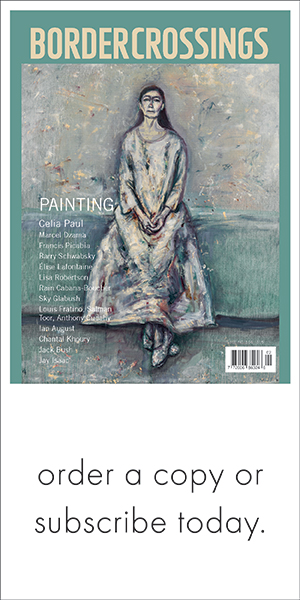The wonder of the English alphabet is that, with fewer letters than appear in the word “antidisestablishmentarianism,” it is possible to write the Encyclopædia Britannica. This is powerful mojo, and explains why writers have long savoured individual letters the way one relishes the discrete ingredients of a gourmet meal.
Letters came into their own as the stars of tiny books designed to educate the young. We know about The Tragical Death of A, Apple Pie, evidently the oldest English alphabet book on record, because it was cited by cleric and satirist John Eachard in 1671: “A was an apple pie; B bit it; C cut it.” Tom Thumb’s Alphabet, which dates from the early 1700s (“Y was a Yeoman, and work’d for his bread; Z was one Zeno the Great, but he’s dead”), was frequently and promiscuously recycled, as in this version from the 1800s: “Y was a youth, that did not love...
Warren Clements wrote the Word Play column for The Globe and Mail from 1996 to 2012. His latest book is How to Get to Heaven and Back: A Romp Through a Century of Movies and TV Series about Heaven, Hell and Reincarnation (Nestlings Press, 2014).

